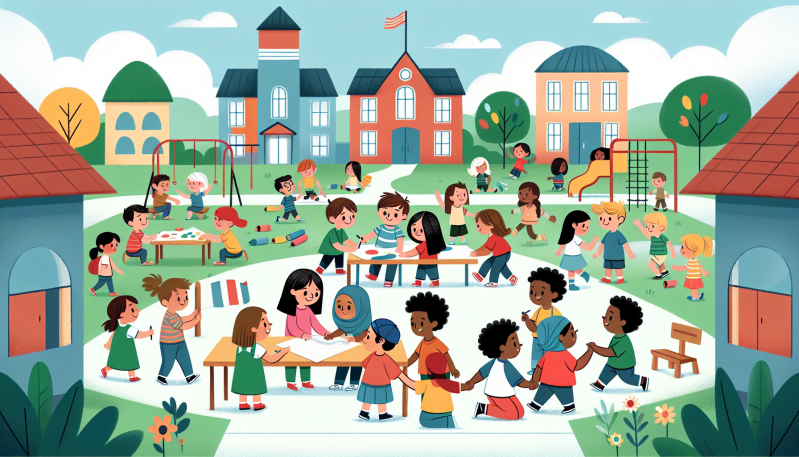As an experienced Music Therapist for Children, I’ve witnessed firsthand the transformative power of musical interventions in promoting mental health, emotional regulation, and social skills in young individuals. However, it’s not just the music itself that contributes to the success of therapy; family dynamics play a critical role in shaping the therapeutic experience and outcomes for children. Understanding and adapting to these dynamics is key to unlocking the full potential of music therapy.
When considering the efficacy of music therapy, one must recognize that every family is unique. The structure of a family, ranging from traditional nuclear families to single-parent households, blended families, or those with foster or adopted children, can immensely impact how a child interacts with and responds to therapeutic interventions.
Music therapists must be adept at observing and understanding the communication patterns that exist within each family. Some families are more expressive and open, while others may have more reserved or challenging ways of relating to one another. In the therapeutic setting, these patterns can either facilitate or hinder the child’s ability to express themselves musically and emotionally.
Parental involvement is another critical factor. Engaged and supportive parents can reinforce the goals of music therapy outside of sessions, creating a consistent and nurturing environment for their child to thrive. However, therapists often encounter varying levels of parental availability and engagement, which requires flexibility in approach and expectations.
To effectively address these nuances, music therapists can employ strategies like:
1. Conducting thorough assessments to understand family dynamics and individual needs.
2. Creating personalized intervention plans that respect each family’s structure and communication style.
3. Engaging families as active participants, providing them with the tools and knowledge to support their child’s development.
4. Setting collaborative goals that are realistic, achievable, and aligned with both the family’s and the child’s aspirations.
5. Developing culturally sensitive musical experiences that resonate with the family’s heritage, values, and traditions.
Furthermore, therapists can support families through education, helping them understand the benefits of music therapy and how it can extend into daily life. Whether it’s through making music together at home, incorporating calming or energizing musical routines, or encouraging musical expression as a form of communication, these strategies can enhance the therapy’s effectiveness.
By weaving together the threads of family dynamics, musical interventions, and educational support, we can create a tapestry of well-being that not only envelops the child but also permeates throughout the home and school environments. Ultimately, it’s this harmonized approach that leads to the most profound and lasting improvements in a child’s mental health and overall well-being. Embracing the melody of each family’s unique dynamic is the key to composing a brighter future for our children.


